





Tray commerce to Opencart
Migrating your store from Tray commerce to Opencart might seem daunting, but with proper planning and the right tools, it's a smooth process. Follow this step-by-step guide to ensure a successful transition.
Schedule a call
Step-by-Step Migration Guide: Tray Commerce to OpenCart migration guide
Step 1: Preparation for Migration
Preparing for migration involves thorough planning and gathering essential data to ensure a smooth transition from Tray Commerce to OpenCart.
Step 2: Setting Up OpenCart
To successfully migrate, setting up your OpenCart environment is essential for accommodating the imported data from Tray Commerce.
Step 3: Data Migration Strategy
Developing a robust data migration strategy is essential to avoid data loss during the transfer from Tray Commerce to OpenCart.
Step 4: Importing Product Data
Importing product data into OpenCart involves a systematic approach to ensure all listings are accurately transferred from Tray Commerce.
Step 5: Migrating Customer Data
Migrating customer data is crucial for maintaining relationships with existing customers during the transition to OpenCart.
Step 6: Order Migration
Migrating order data is vital for maintaining customer trust and ensuring continuity in service post-migration.
Step 7: Testing and Final Adjustments
Testing is essential to ensure all data has migrated correctly and that the new OpenCart store functions as intended.
Power Your Step - Get in Touch
Ready to start your migration journey? Contact PowerCommerce for expert support and seamless transitions.
Step 1: Preparation for Migration
Before initiating the migration process, it is crucial to undertake thorough preparation to ensure a seamless transition from Tray Commerce to OpenCart. This step involves gathering critical information about your current ecommerce setup, including product data, customer information, and order history. A well-structured preparation phase minimizes risks and enhances the overall effectiveness of the migration.
The first objective of this preparation is to create a comprehensive inventory of all the data that needs to be migrated. This includes:
- Product Information: Catalog all products, including names, descriptions, prices, SKUs, inventory levels, and associated images.
- Customer Data: Compile customer information such as names, email addresses, shipping addresses, and order histories.
- Order Data: Collect details about past orders, including order numbers, statuses, and transaction histories.
- Content: Gather any blog posts, pages, or other content that needs to be migrated.
Once you have compiled this data, the next step is to back it up. We recommend using export tools in Tray Commerce to create CSV files of your product, customer, and order data. Ensure that you also back up any custom themes or settings that you may have in Tray Commerce.
Technical considerations during this phase include ensuring that you have the necessary permissions and access rights for both your Tray Commerce and OpenCart accounts. Verify that your OpenCart installation is up-to-date and compatible with the data you intend to import.
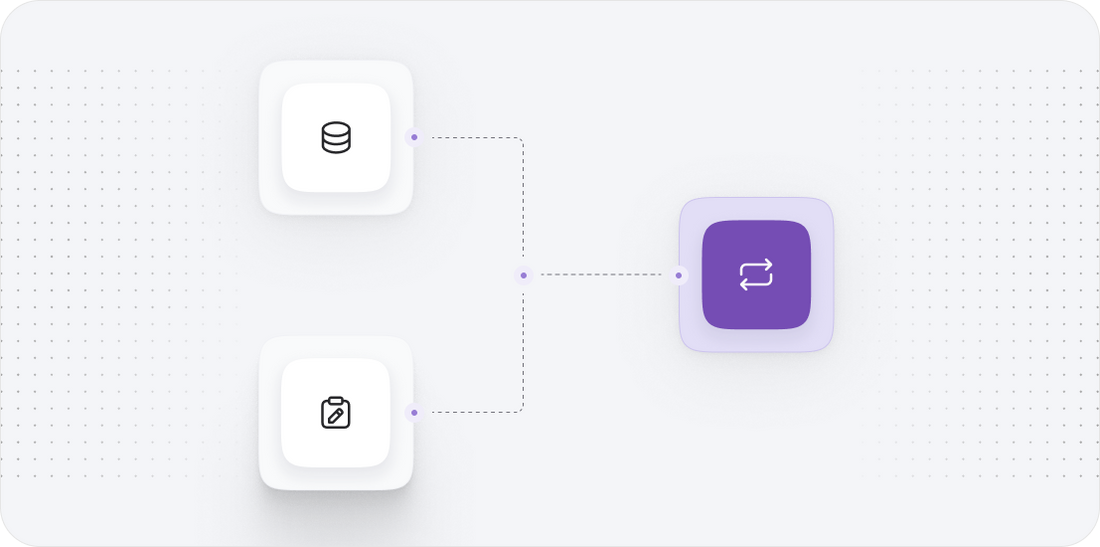
Step 2: Setting Up OpenCart
After preparing for the migration, the next step is to set up your OpenCart environment. This involves installing OpenCart on your server and configuring the basic settings to ensure it is ready to receive data from Tray Commerce.
1. Installation: Begin by downloading the latest version of OpenCart from the official website. Follow the installation instructions provided in the documentation. This usually involves uploading files to your server and setting up a database through your hosting provider.
2. Configuration: Once installed, access the OpenCart admin panel and configure basic settings:
- Store Settings: Set your store name, email, and other essential details.
- Payment Methods: Configure payment gateways to match those you were using in Tray Commerce.
- Shipping Methods: Set up shipping options and rates for customer orders.
3. Extensions: OpenCart offers a vast ecosystem of extensions. Check for necessary modules that may enhance functionality, such as SEO tools, analytics, and marketing integrations.
4. Theme Selection: Choose a compatible theme for your OpenCart store. This will define the look and feel of your online store and should align with your brand identity.
5. Testing: Before proceeding with the migration, test the installation by adding sample products and performing a trial order to ensure everything functions correctly.

Step 3: Data Migration Strategy
With your OpenCart environment set up, the next phase is to develop a clear data migration strategy. This strategy should outline how you will transfer data from Tray Commerce to OpenCart while ensuring data integrity and minimizing downtime.
1. Data Mapping: Identify how the data fields in Tray Commerce correspond to those in OpenCart. This might involve creating a mapping document that shows which fields in Tray Commerce (e.g., product name, price, SKU) correspond to fields in OpenCart.
2. Tools and Methods: Decide on the tools or methods you will use for migration:
- Manual Entry: Suitable for smaller stores but labor-intensive.
- CSV Import: Most effective for larger datasets. Export data from Tray Commerce as CSV files and use OpenCart's import functionality to upload the data.
- Migration Tools: Consider using third-party migration tools designed specifically for ecommerce platforms, which can automate the process and reduce errors.
3. Data Validation: After migration, it's vital to validate the data to ensure that all records have been transferred correctly. This step should include checking product details, customer information, and order histories.
4. Backups: Always create backups of your OpenCart database before performing the import. This allows you to restore to a previous state if anything goes wrong during the migration.
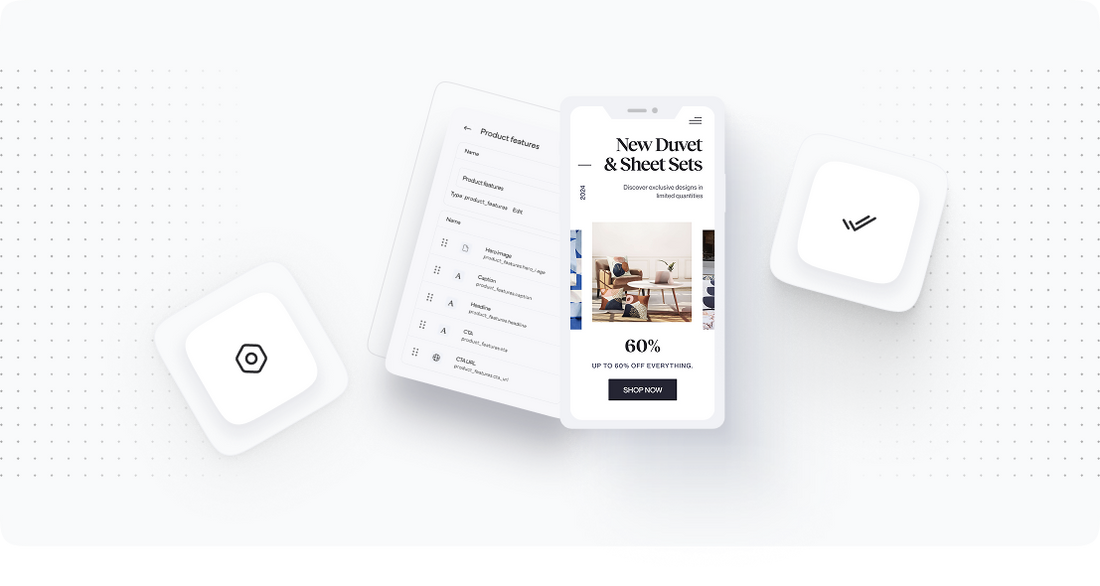
Step 4: Importing Product Data
The next step in the migration process is to import product data from Tray Commerce into OpenCart. This step is critical as your products are the backbone of your ecommerce store.
1. Export from Tray Commerce: Use the export feature in Tray Commerce to download your product data as a CSV file. Ensure that you include all relevant information such as product names, descriptions, prices, SKUs, and images.
2. Prepare the CSV File: Open the CSV file in a spreadsheet application like Excel or Google Sheets. Ensure that the columns match the import requirements of OpenCart. You may need to rename columns or adjust the data format to comply with OpenCart's import specifications.
3. Import into OpenCart: Navigate to the OpenCart admin panel and use the import feature to upload the CSV file. Follow the prompts to map the columns from your CSV to the corresponding fields in OpenCart:
- Select the CSV file to import.
- Map fields from your CSV to OpenCart fields (e.g., product name, price, stock).
- Start the import process and monitor for errors or issues.
4. Validation: After the import is complete, review a sample of products in OpenCart to ensure they have been imported correctly, including images, descriptions, and pricing.
5. Image Uploads: If your images did not transfer, upload them separately to OpenCart and link them to the corresponding products.
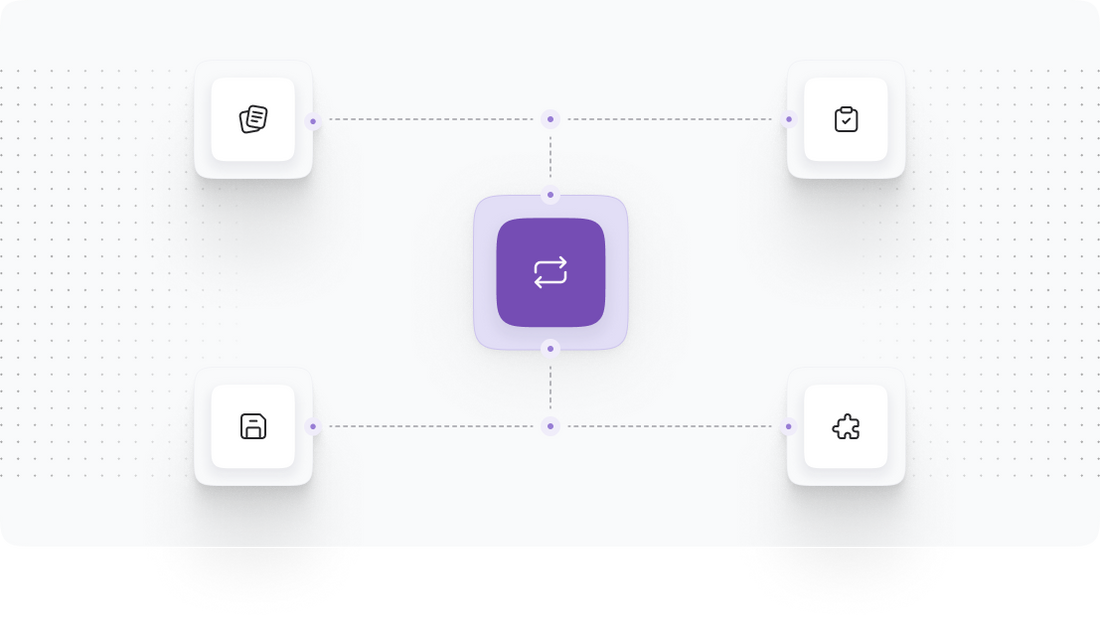
Step 5: Migrating Customer Data
Once product data is successfully imported, the next critical step is migrating customer data from Tray Commerce to OpenCart. This ensures that your existing customer base is preserved and can continue shopping seamlessly.
1. Export Customer Data: Similar to the product data, export your customer data from Tray Commerce. This should include customer names, email addresses, shipping addresses, and order histories.
2. Prepare the CSV File: Open the exported CSV in a spreadsheet application. Ensure the format aligns with OpenCart's requirements for customer import:
- Check for necessary fields: customer name, email, addresses, etc.
- Remove any unnecessary columns that do not correspond to OpenCart’s customer data fields.
3. Import into OpenCart: In the OpenCart admin panel, navigate to the customer import feature and upload the prepared CSV file. Follow the instructions to correctly map the fields:
- Map Tray Commerce fields to OpenCart fields (e.g., first name, last name, email).
- Initiate the import process.
4. Validation: Once the import completes, check a sample of customer records to ensure data integrity. Verify that all critical information has been accurately migrated.
5. Notify Customers: After migration, consider sending a notification to your customers about the migration and any new features or changes they can expect on the OpenCart platform.
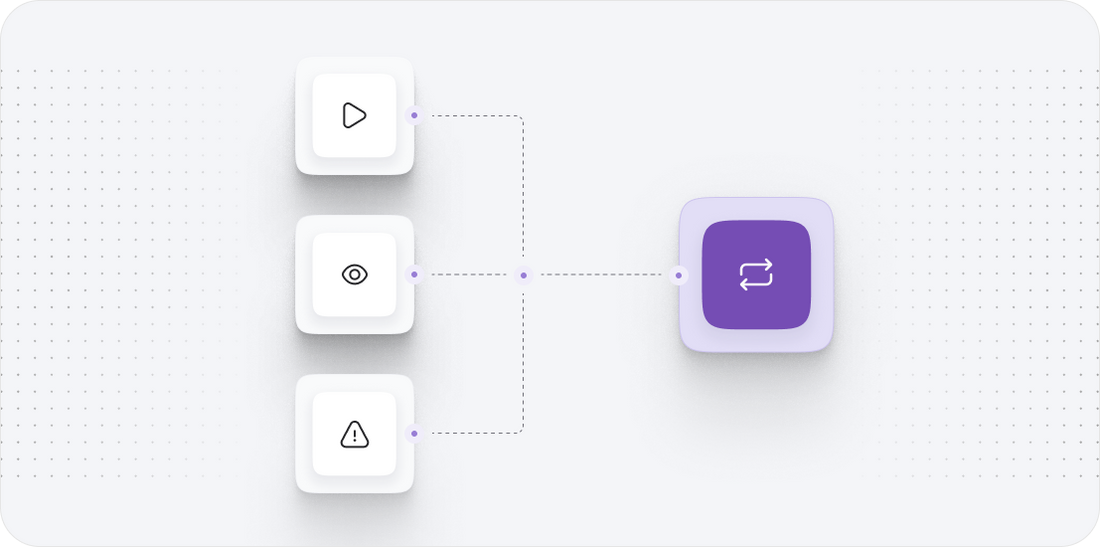
Step 6: Order Migration
The migration of order data is the next vital step, as it provides a historical record of transactions and maintains customer trust. This data includes past orders, statuses, and transaction details.
1. Export Order Data: Export your order history from Tray Commerce, ensuring to include all relevant fields such as order IDs, customer information, product details, and order statuses.
2. Prepare the CSV File: Open the exported order CSV and adjust the columns to match OpenCart’s requirements. Important fields to include are:
- Order ID
- Customer ID
- Product IDs
- Order Date
- Order Status
3. Import into OpenCart: Utilize the import feature in OpenCart to upload the order data. As with previous imports, ensure that you correctly map the columns:
- Map order fields from the CSV to the corresponding OpenCart fields.
- Start the import process and monitor any errors or warnings.
4. Validation: After importing, review a subset of orders to verify that all data has been transferred accurately. Check for discrepancies in order statuses and amounts.
5. Communication: Inform your customers about their order history and any changes to order tracking processes in OpenCart.
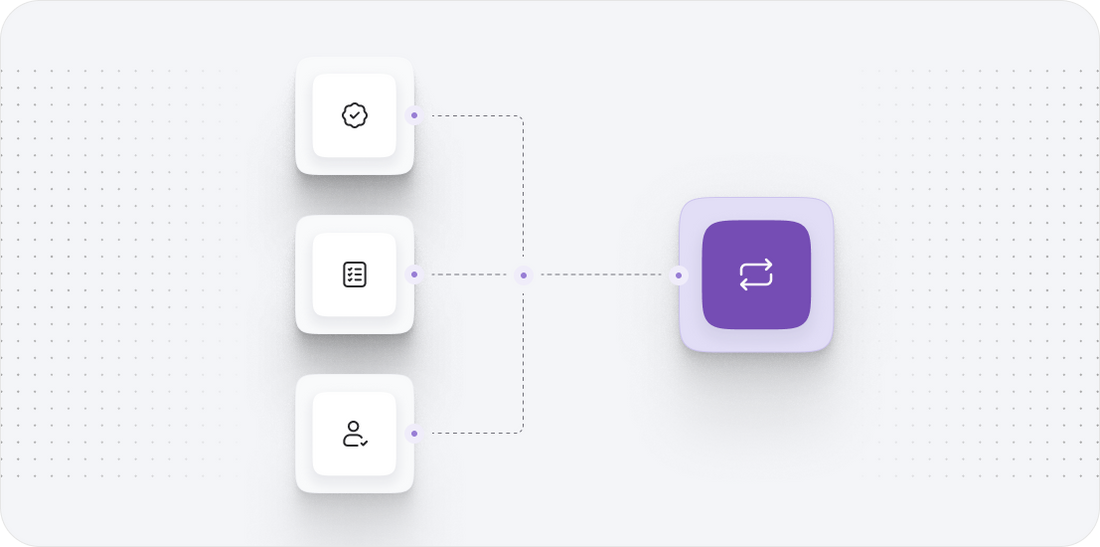
Step 7: Testing and Final Adjustments
After migrating all relevant data, it's critical to conduct thorough testing to ensure that everything operates as expected in your new OpenCart environment.
1. Functional Testing: Perform a series of functional tests to check the core functionalities, including:
- Product listings: Verify that all products display correctly with accurate pricing and images.
- Customer accounts: Check that customer logins work and that order histories are accessible.
- Checkout process: Test the entire checkout process to ensure that payment gateways and shipping options function seamlessly.
2. Performance Testing: Monitor the performance of your new store, including page load times and response rates. Ensure that OpenCart handles traffic efficiently, especially if you are launching during a busy shopping period.
3. User Acceptance Testing (UAT): If possible, involve a few trusted customers to test the store. Gather feedback on their experience, focusing on usability and functionality.
4. Final Adjustments: Based on testing feedback, make any necessary adjustments to enhance user experience. This may include tweaking layout settings, modifying product displays, or adjusting checkout flows.
5. Launch: Once testing is complete and all adjustments made, prepare for the public launch. Inform your customers about the new platform and any new features or changes they can expect.

Power Your Step - Get in Touch
At PowerCommerce, we specialize in ensuring your ecommerce migration from Tray Commerce to OpenCart is smooth and hassle-free. Our team of experts is here to assist you every step of the way, providing tailored solutions that meet your unique business needs.
If you're ready to take the next step towards empowering your online store, get in touch with us today!
- Visit our contact page to fill out our inquiry form.
- Call us directly at 800-099-9090 for immediate assistance.
- Email us at info@powercommerce.com to discuss your migration needs.
We look forward to helping you achieve your ecommerce goals with our expertise and dedicated support!
Stay aligned on what's happening in the commerce world
Trusted by 1000+ innovative companies worldwide
Schedule Your Migration Today
For businesses prioritizing simplicity, scalability, and robust support, Shopify is the clear winner.
Looking to migrate without hassle? Power Commerce can handle the entire process, ensuring smooth data transfer, store setup, and post-launch success.
Marka Marulića 2, Sarajevo, 71000 BiH
00387 60 345 5801
info@powercommerce.com


